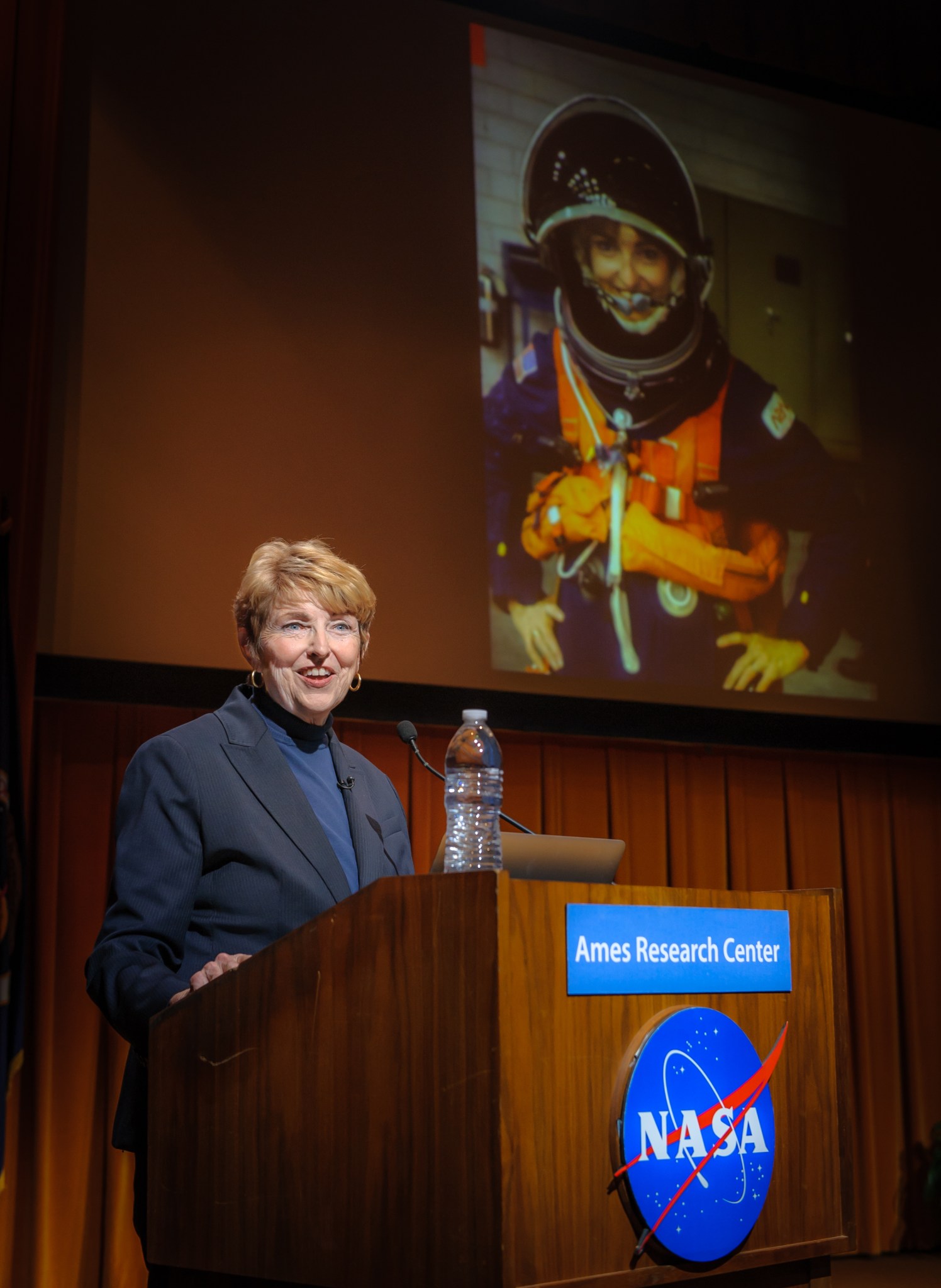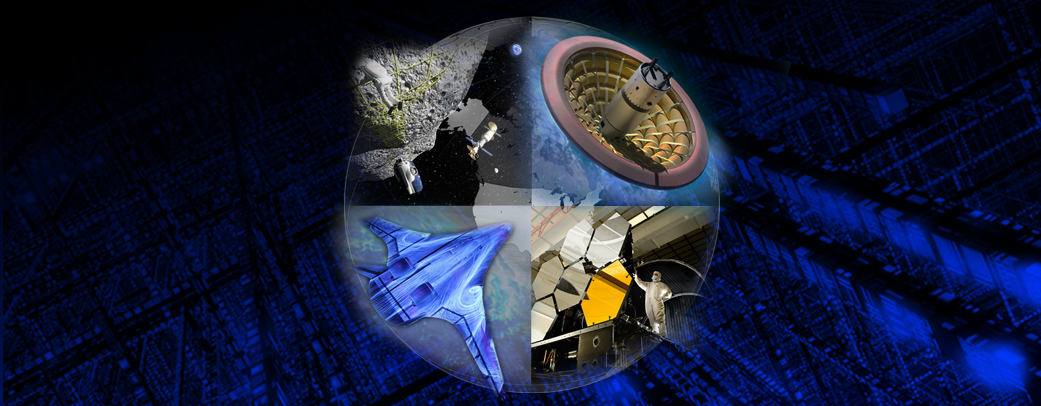Millie Hughes Fulford: Of Mice and Men: Immunology in Spaceflight
The factors associated with spaceflight can have a profound impact on astronaut health and performance. Exposure to the space environment has been shown to, in part, produce changes in immune system function. Also, under certain conditions, microbes become transiently more virulent. The combination of immune function and microbial phenotypic expression changes can pose a risk for human deep space exploration. As the lead Center in the Agency for conducting space biology research, NASA Ames advances our understanding of the space variables effects on terrestrial biology and human performance. Former STS-40 astronaut, Dr. Millie Hughes-Fulford presented her work on space environment effects on immune function and a previously undiscovered mechanism of self-limiting induction that limits T-cell immune response.
Abstract:
Altered immune function has been demonstrated in astronauts during spaceflights dating back to Apollo and Skylab; this could be a major barrier to long-term space exploration. During the past 10 years, the Hughes-Fulford Laboratory has flown four human immunology experiments to International Space Station (ISS) on Shuttle, Soyuz and SpaceX. During these studies we have identified multiple signaling cassettes that are altered in the absence of gravity. These same biological immune responses are also disturbed in mice that flew in NASA AMES Animal enclosure Module (AEM) on STS-131.
These flights recently tested the hypothesis that spaceflight can change microRNA expression. Human leukocytes were stimulated with mitogens onboard the International Space Station (ISS) using an onboard 1g control. Bioinformatics showed that miR-21 was significantly upregulated two-fold during early T-cell activation in normal gravity (1g), and gene expression is suppressed under microgravity ( g). This was confirmed using qRT-PCR (n=4). This is the first report that spaceflight regulates miRNA expression and describes a new molecular mechanism in the immune system. It is not surprising that the immune systems of two mammalian species depend upon gravity for normal function since we evolved in a 1g environment on Earth.
Biography:
Dr. Hughes-Fulford entered college at the age of 16 and earned her BS degree in chemistry and biology from Tarleton State University in 1968. In 1968, Dr. Hughes-Fulford was a National Science Foundation Graduate Fellow from 1968-1971 and an American Association of University Women fellow (Cecil and Ida Green fellowship) from 1971-1972. Upon completing her doctorate degree at Texas Woman’s University in 1972, She joined the faculty of Southwestern Medical School, University of Texas, Dallas as a postdoctoral fellow with Marvin D. Siperstein. Dr. Hughes-Fulford has contributed more than 120 papers and abstracts about T cell activation, bone and cancer growth regulation. She was a major in the US Army Reserve Medical Corps from 1981-1995. Selected as a payload specialist by NASA in January 1983.
Millie became an astronaut on June 1991 aboard STS-40 Spacelab Life Sciences (SLS 1), the first Spacelab mission dedicated to biomedical studies. The SLS-1 mission flew over 3.2 million miles in 146 orbits and its crew completed over 18 experiments during a 9-day period bringing back more medical data than any previous NASA flight. Dr. Hughes-Fulford is a Professor at the University of California Medical Center at San Francisco where she continues her research as the Director of the Hughes-Fulford Laboratory. During the past 10 years we have flown four human immunology experiments to International Space Station (ISS) on Shuttle, Soyuz and SpaceX. During these studies, she and her team have identified multiple signaling cassettes that are altered in the absence of gravity. In July of 2013, NASA awarded her ISS experiment as a Top Discovery on ISS of 2012.
Recently, the Hughes-Fulford Laboratory discovered that miR-21 expression is dysregulated in spaceflight, moreover, they found a previously undiscovered mechanism of self-limiting induction that limits T cell immune response.
































